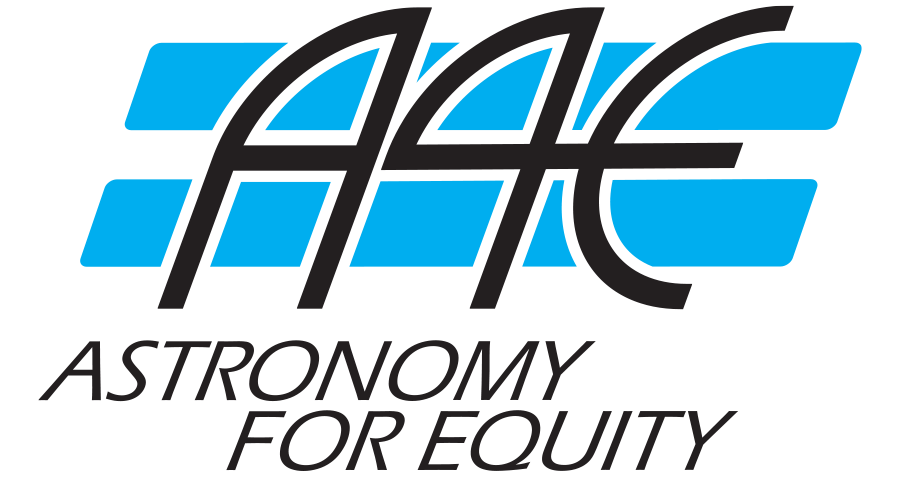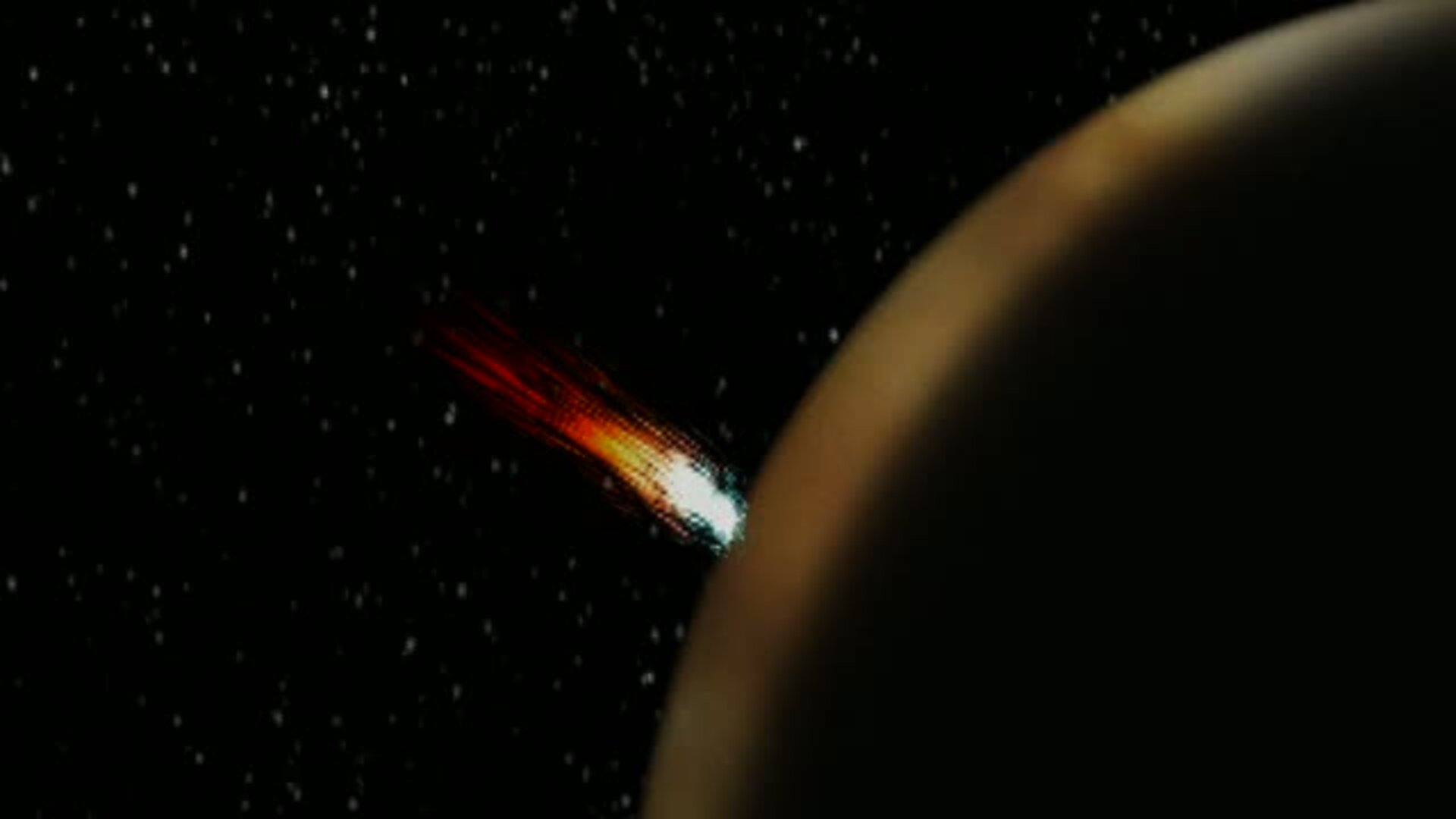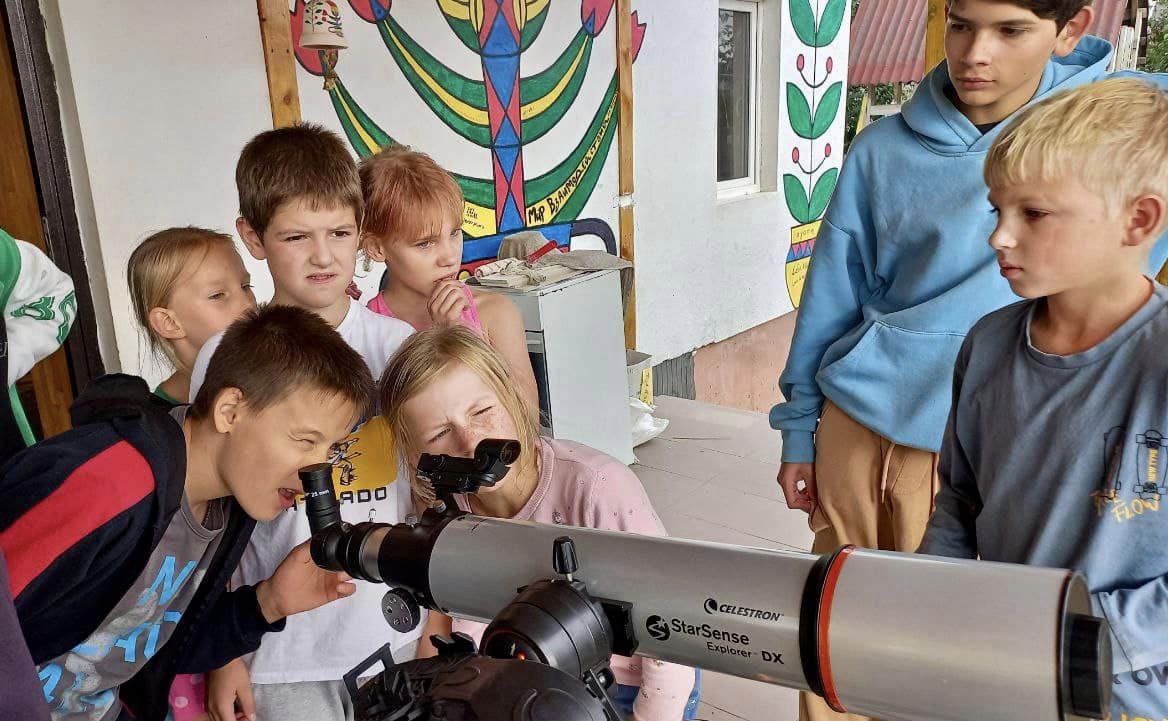Image- Comet Shoemaker Levy 9 as it collides with Jupiter in 1994 / ESA
The ideal of bringing astronomy to the people—all the people—is not new. The night sky has been around since long before humanity first walked the Earth, and someone looked up and wondered “what star is that?” For lots of millennia, the study of the stars was based in astrology, not astronomy. With the development of modern science, in particular Thomas Hariot’s drawing of a crescent Moon in July 1609, and Galileo’s discovery of the moons of Jupiter in January 1610, the emphasis shifted from the stars as predictors of human events to the study of the stars themselves. Even Shakespeare, a stargazer himself, knew this when he wrote Sonnet 14:
“Not from the stars do I my judgment pluck,
And yet methinks I have astronomy.”
Today, almost all astronomers look with disdain on astrology. But if the ancient Chaldeans, Chinese, Greeks, and Romans did not keep careful records of the Moon and the planets for the purposes of astrology, we would probably be nowhere today in astronomy; we would likely have no 200-inch Hale telescope, no Hubble Space Telescope, and no James Webb Space Telescope.

Astronomy is not meant just for astronomers. It is meant for the rest of us. It is meant for “we the people” wherever people are. I first said these words in the weeks preceding the impact of Comet Shoemaker-Levy 9 with Jupiter in 1994. That event seemed to be designed for all of humanity. With even the smallest telescope, it was easy to spot the large black spots, the result of comet fragments slamming into Jupiter at 140,000 miles per hour, wounding the largest planet in the solar system. (At that velocity, by the way, one could cross the United States in less than 80 seconds.)
Astronomy for Equity seeks to spread the thrill of stargazing and watching the night sky to people, particularly young people, around the world. Its goal is to show that by looking toward the night sky, the petty cares of the daily news fade into something different, a place where time moves more slowly, deliberately, and purposefully. Its goal is to show us things up there, like a galaxy so far away that its light left it more than two million years ago before humans were standing erect. May its future bring the night sky to the eyes of everyone.
David H. Levy
Jarnac Observatory
November 3, 2022
David Levy is an astronomer and discoverer of 22 comets. In 1993 he co-discovered Comet Shoemaker-Levy 9, which collided with Jupiter the following year.
Be a part of it – Please Donate Today.



